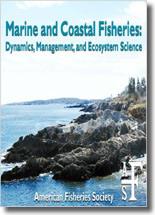Sturgeons (Acipenseridae) are one of the most threatened taxa worldwide, including species in North Carolina and South Carolina. Populations of Atlantic Sturgeon Acipenser oxyrinchus in the Carolinas have been significantly reduced from historical levels by a combination of intense fishing and habitat loss. There is a need for estimates of current abundance, to describe status, and for estimates of historical abundance in order to provide realistic recovery goals. In this study we used N-mixture and distance models with data acquired from side-scan sonar surveys to estimate abundance of sturgeon in six major sturgeon rivers in North Carolina and South Carolina. Estimated abundances of sturgeon greater than 1 m TL in the Carolina distinct population segment (DPS) were 2,031 using the count model and 1,912 via the distance model. The Pee Dee River had the highest overall abundance of any river at 1,944 (count model) or 1,823 (distance model). These estimates do not account for sturgeon less than 1 m TL or occurring in riverine reaches not surveyed or in marine waters. Comparing the two models, the N-mixture model produced similar estimates using less data than the distance model with only a slight reduction of estimated precision.
How to translate text using browser tools
1 January 2015
Estimating Sturgeon Abundance in the Carolinas Using Side-Scan Sonar
H. Jared Flowers





